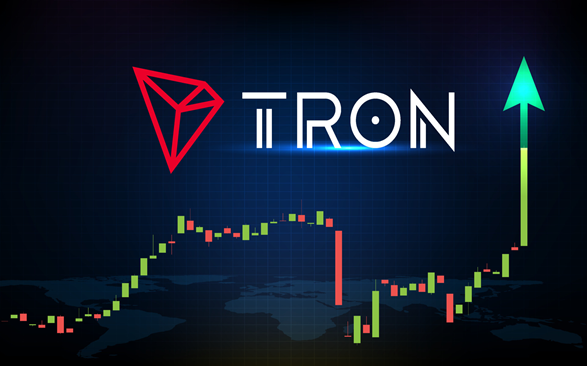Bitcoin’s (BTC) recent decline to $65,000 within the last 72 hours ago accompanied by a $900 million liquidation in the crypto market, raises concerns amidst anticipation for the upcoming halving event. What’s behind this pullback in bullish times?
Impact of BTC’s Recent Movements
BTC value has experienced a dip, dropping to $65,000, marking a nearly 5% decrease and triggering a broader 7% decline in the crypto market capitalization. Ether (ETC), the largest altcoin, has also seen a significant drop of 8.5% in 24 hours, resulting in more than 277,000 traders liquidating assets worth $877.79 million within the same period, according to data from Coinglass.
The downward trend in BTC price can be attributed to a combination of factors, including a pre-halving pullback and miner capitulation.
Read also: Bitcoin at all-time high of over $73,000: What is fueling the surge in the crypto market?
Anticipation of Bitcoin halving, historically, always results in a pullback from both investors and miners.
Historically, BTC has often experienced a drop in price in the period leading up to halving events, as traders anticipate short-term profit-taking and miner capitulation amid speculation about the event’s potential impact on the market. The anticipation surrounding the upcoming bitcoin halving event often leads to a pullback as traders seek to capitalize on short-term gains before the event. This trend is reminiscent of previous bitcoin halving cycles, such as the notable pullback observed approximately a week before the 2020 bitcoin halving.
Read also:
Institutional investors would likely inject up to $1 trillion into bitcoin—Bitwise chief investment officer, Matthew Hougan
Additionally, miners have scaled back BTC mining operations in anticipation of increased difficulty and operational costs associated with the event. This week, BTC mining difficulty reached a record high, further exacerbating the miner capitulation.
Maraton Digital’s prediction earlier this week suggested that the impact of this year’s halving on BTC price may not be as explosive as previous cycles, citing the token’s early peak due to significant inflows from Bitcoin ETFs. However, experts have differing opinions on the uniqueness of this halving event compared to previous ones.
Antoni Trenchev, co-founder of crypto exchange Nexo, highlights the distinctive nature of the upcoming bitcoin halving, noting that BTC has already surpassed the previous cycle’s high ahead of the event. This deviation from the norm adds complexity to forecasting the duration and intensity of the ensuing bull cycle.
Steven Lubka, head of private clients and family offices at Swan Bitcoin, opines that the potential for optimism in returns post-halving, particularly in light of the accelerated bull cycle, is driven by the approval of spot ETFs earlier in the year.
“If there was ever a moment to be a little extra optimistic about returns after the halving, it’s this year,” said Steven Lubka. He emphasizes the significance of reduced selling pressure from miners following the halving, as their daily bitcoin sales are cut in half. This reduction in selling pressure could contribute to upward price momentum in the months following the event.
Following the halvings in 2012, 2016, and 2020, BTC price surged by approximately 93 times, 30 times, and 8 times, respectively, from the day of halving to its peak in each cycle
Despite the historical trend of diminishing returns from halving to halving, there is speculation that this year’s halving may buck the trend due to increased demand driven by bitcoin ETFs and heightened investor interest.
2024 Bitcoin Halving and its Potential Impact on the Market
The bitcoin halving event, occurring roughly every four years, is a technical occurrence embedded in the bitcoin network’s code. This event halves the rewards for BTC miners, reducing the supply of newly minted BTC and creating a scarcity effect akin to digital gold. Historically, the halving sets the stage for a new cycle and bull run, although this iteration presents unique challenges and opportunities.
As the block rewards decrease, BITC supply diminishes, reinforcing its status as a deflationary asset. However, the halving’s impact on the market is not instantaneous, and its effects may unfold gradually over time. Speculative trading activity surrounding the event can introduce volatility, but investors should distinguish between short-term fluctuations and the underlying technical changes taking place.
While some remain cautiously optimistic about the prospects for post-halving returns, others caution against overestimating the event’s immediate effects.
At present, BTC price hovers around $67,000, reflecting the recent market fluctuations. With a circulating supply of 20 million BTCs, BTC market capitalization is over $1.3 trillion, per data on CoinGecko. The $65,000 price level serves as a crucial support, and further declines could ensue if this level is breached.
Read more:
Is the next bitcoin halving in 2024 going to be the magic wand for a bullish run?
Discover more from Crypto Asset Buyer
Subscribe to get the latest posts sent to your email.




